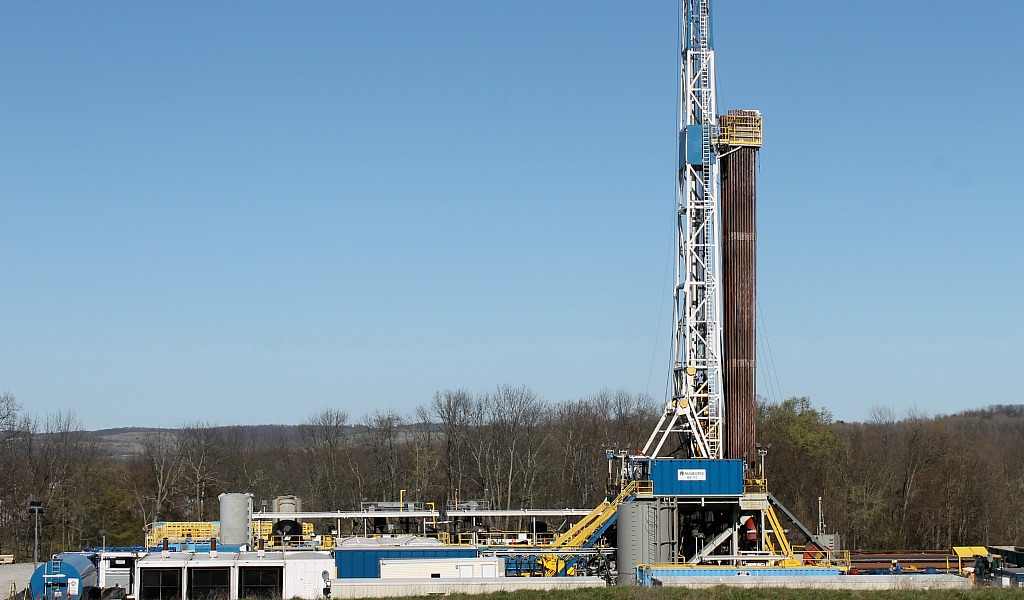The Geology Playbook: What Every Investor Should Know About U.S. Oil &Gas Basins

The Geology Playbook: What Every Investor Should Know About U.S. Oil & Gas Basins
Introduction
Understanding the geology of oil and gas basins is essential for investors seeking to identify opportunities with the right risk-reward profiles. The United States hosts numerous prolific basins, each with unique geological characteristics that influence production potential, operating costs, and long-term investment value.
This guide provides an overview of the most important U.S. oil & gas basins, explaining their geology, production profiles, and why they matter to investors.
- What Is an Oil & Gas Basin?
An oil & gas basin is a geological depression filled with sedimentary rocks where hydrocarbons are generated, trapped, and accumulated. Sedimentary basins provide the necessary conditions—source rock, reservoir, trap, and seal—for oil and gas deposits to form and be commercially producible.
- Key Characteristics of U.S. Oil & Gas Basins
- Reservoir Types: Conventional (porous rock formations like sandstone) versus Unconventional (tight shale or carbonate formations requiring advanced extraction methods).
- Geological Features: Critical components include source rock (organic-rich layers), migration pathways, traps (structural or stratigraphic), and seals (impermeable layers).
- Depth and Pressure: These impact drilling complexity, costs, and production rates.
- Major U.S. Oil & Gas Basins Investors Should Know
Permian Basin (Texas & New Mexico)
- The Permian is the largest U.S. oil-producing basin and one of the most active. It combines stacked pay zones with conventional and unconventional reservoirs, producing approximately 4.8 million barrels of oil per day and 18 billion cubic feet of natural gas daily.
Eagle Ford Shale (Texas)
- Known for oil and condensate liquids with associated gas production. Eagle Ford produces about 1 million barrels of oil per day and 3.5 billion cubic feet of natural gas daily.
Bakken Formation (North Dakota & Montana)
- A primarily oil-focused shale play producing around 1.2 million barrels of oil per day with growing natural gas output.
Anadarko Basin (Oklahoma & Texas Panhandle)
- Contains both oil and natural gas reservoirs, producing approximately 0.5 million barrels of oil and 2 billion cubic feet of gas daily.
Marcellus & Utica Shales (Appalachian Basin)
- The top natural gas-producing basin in the U.S., producing about 35 billion cubic feet per day, with minor oil and liquids production.
- Annual Production Data by Basin
|
Basin |
Annual Oil Production (billion barrels) |
Annual Gas Production (trillion cubic feet) |
|
Permian |
1.75 |
6.5 |
|
Eagle Ford |
0.37 |
1.28 |
|
Bakken |
0.44 |
0.44 |
|
Anadarko |
0.18 |
0.73 |
|
Marcellus/Utica |
0.04 (liquids) |
12.8 |
- County-Level Production: Permian Basin Sample
|
County |
State |
Annual Oil Production (million barrels) |
Annual Gas Production (billion cubic feet) |
|
Midland |
TX |
210 |
720 |
|
Reeves |
TX |
170 |
650 |
|
Loving |
TX |
140 |
500 |
|
Ward |
TX |
130 |
480 |
|
Andrews |
TX |
110 |
400 |
|
Eddy |
NM |
90 |
350 |
|
Lea |
NM |
80 |
320 |
- How Basin Geology Impacts Investment Decisions
The geological attributes of each basin affect drilling success, operational costs, and production longevity. Deeper or more complex basins typically require higher capital investment but may offer richer reserves. Understanding basin-specific decline curves and reservoir properties helps investors evaluate cash flow forecasts and risk profiles.
- Using Geological Data in Due Diligence
Investors should seek geological reports, seismic surveys, and core sample data to understand reservoir quality and production potential. Collaborating with experienced operators and technical experts can help avoid pitfalls and enhance investment outcomes.
Disclaimer
The production data presented in this article are approximate estimates based on publicly available sources, including the U.S. Energy Information Administration (EIA), state regulatory agencies, and industry reports as of 2023–2024. These figures are subject to change over time due to operational, regulatory, and market factors. Wealth From Wells does not guarantee the accuracy or completeness of this data and recommends investors perform their own due diligence or consult with qualified professionals before making investment decisions.
Ready to apply geology insights to your next oil & gas investment?
Explore Wealth From Wells coaching programs for personalized guidance, market analysis, and deal evaluation tools tailored to sophisticated investors.
To learn more, Schedule Appointment with our coach at wealthfromwells.com

https://ping.space/
https://linktr.ee/findycarfr
virtual number with crypto
чартер яхт на сейшелах
It is remarkable, very valuable idea
——
car rental qatar